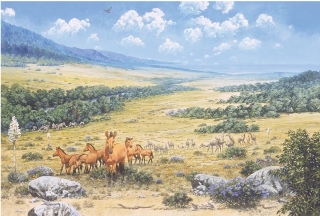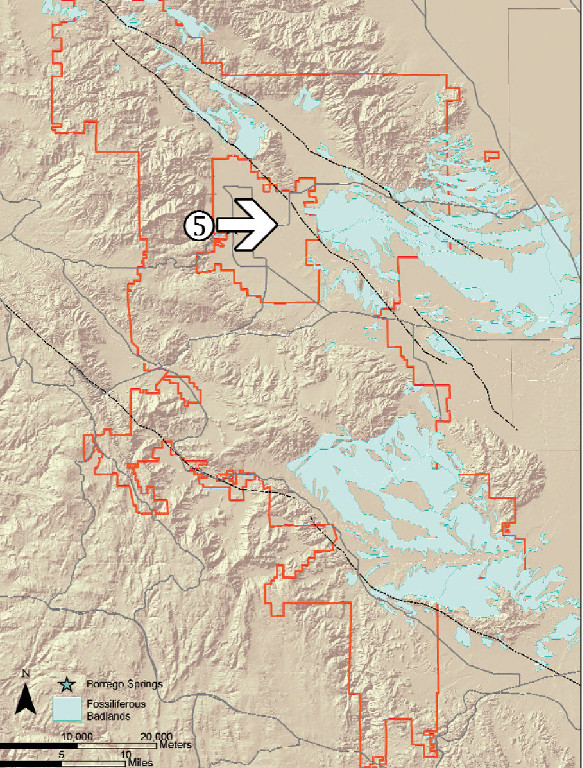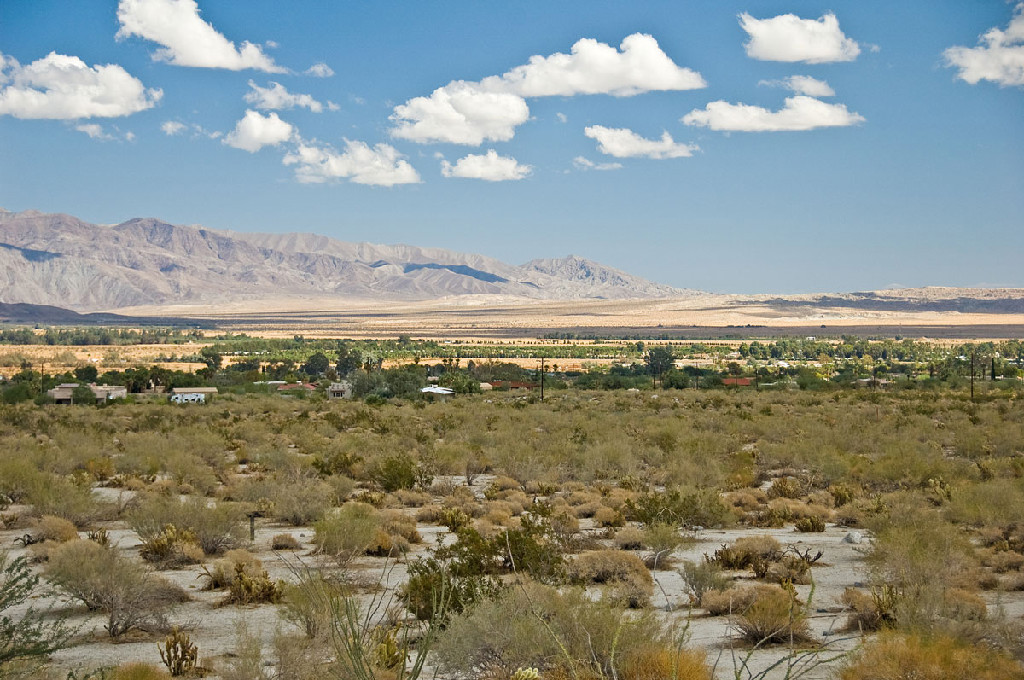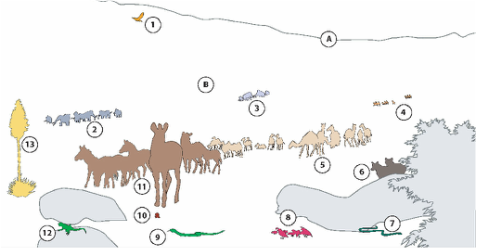1 MYA Late Spring
For a more detailed description of the history of paleontology and geology in the Anza-Borrego State Park
see "Fossil Treasures of the Anza-Borrego Desert",
George T. Jefferson and Lowell Lindsay, editors, Sunbelt Publications, San Diego California, 2006.
see "Fossil Treasures of the Anza-Borrego Desert",
George T. Jefferson and Lowell Lindsay, editors, Sunbelt Publications, San Diego California, 2006.





